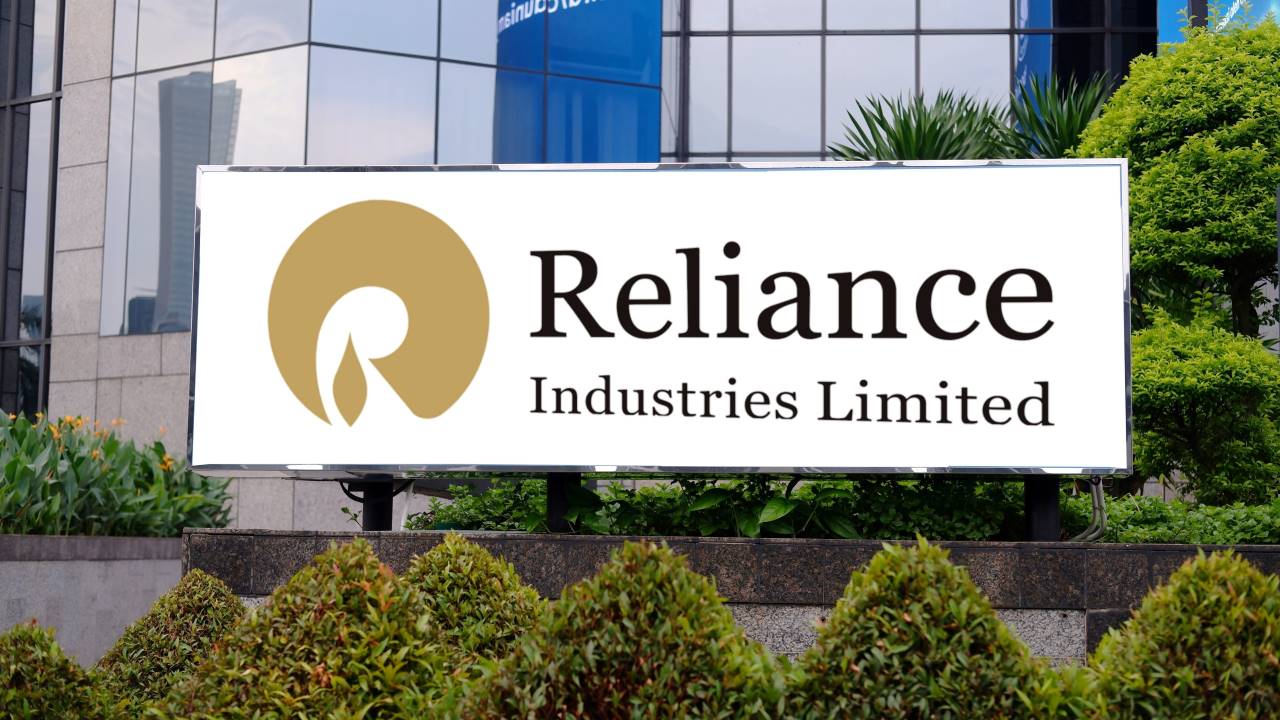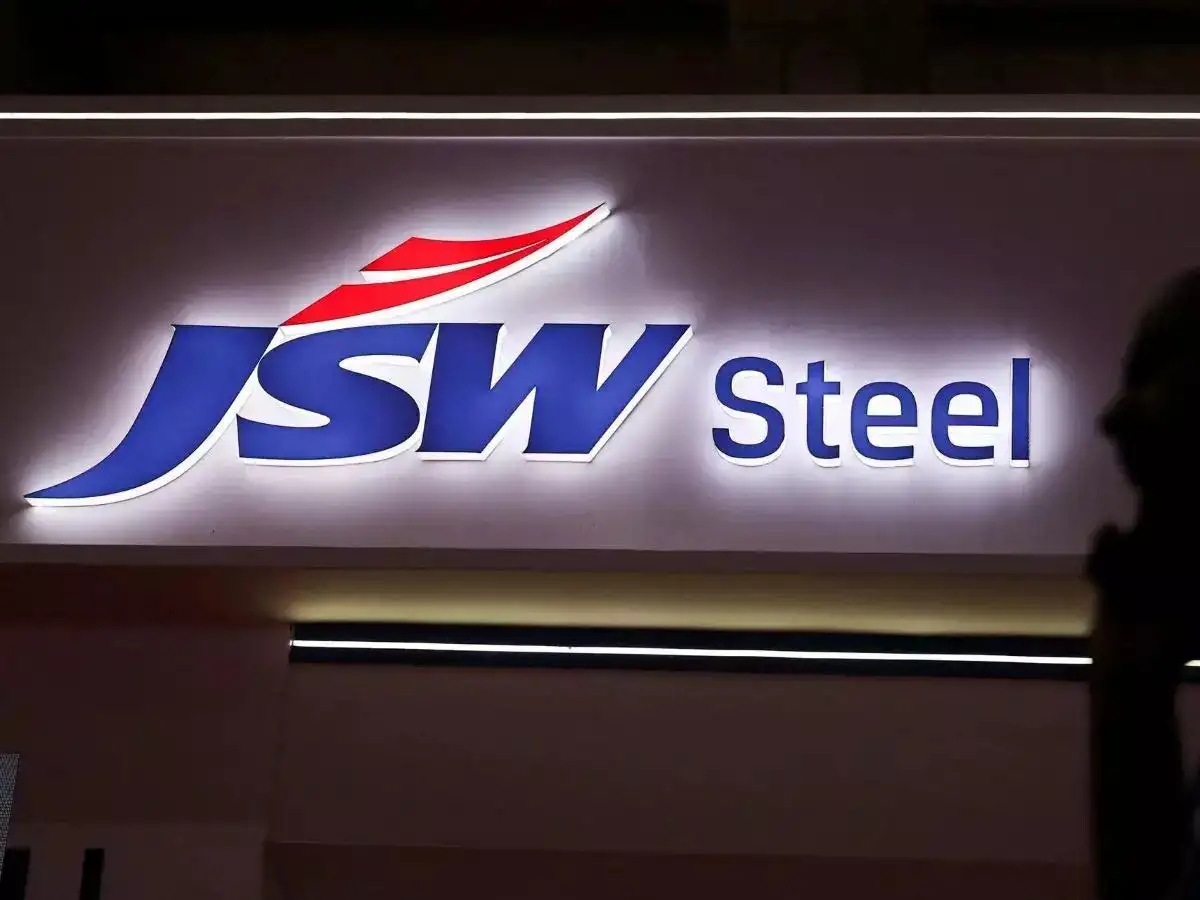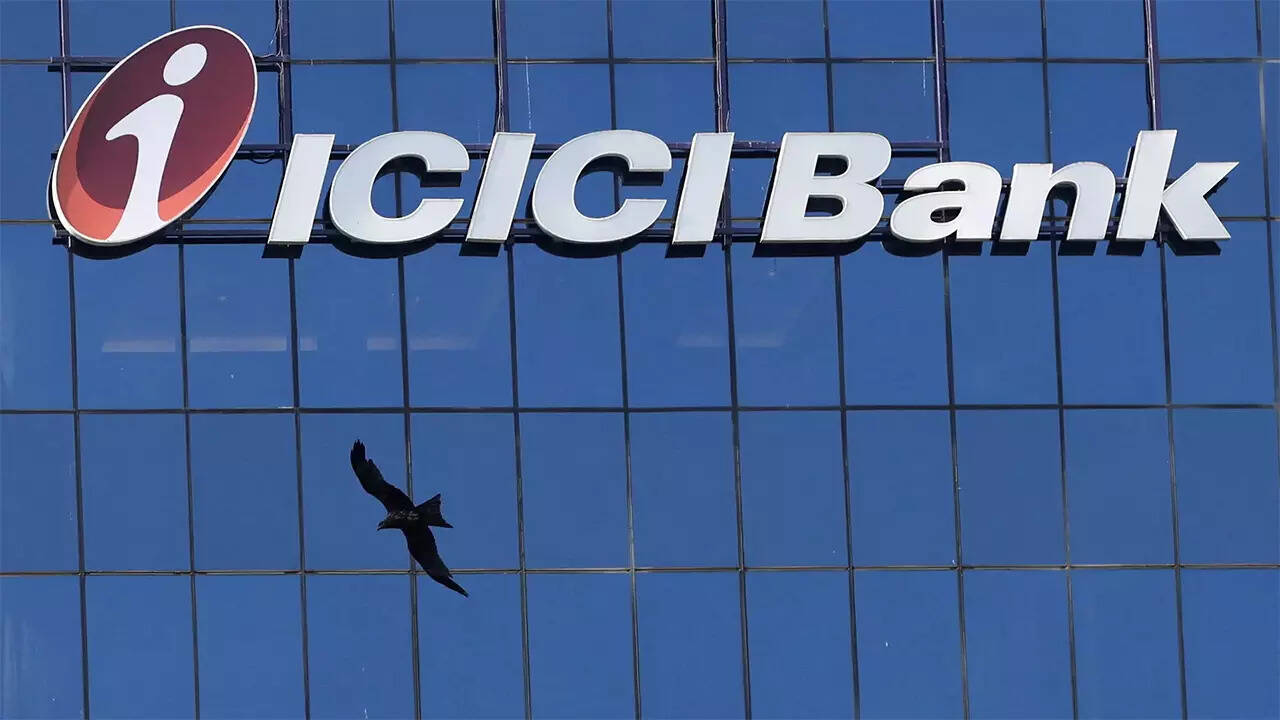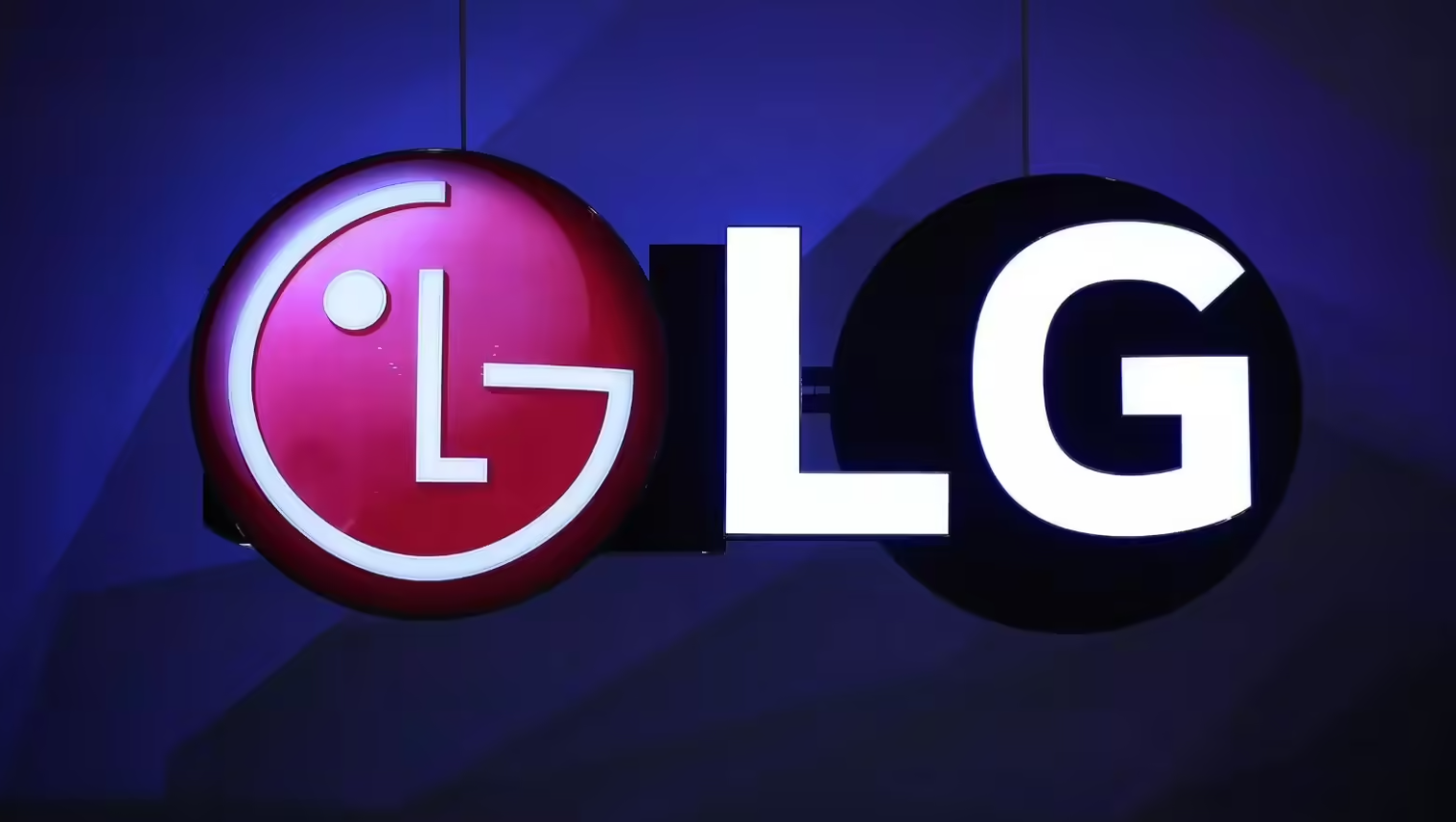The first set of earnings for the June quarter has left the markets with more questions than confidence. Despite a standout performance from Reliance Industries, which reported solid growth across its digital and retail businesses, the broader batch of early results from 156 listed companies has been underwhelming. Many firms have struggled to maintain operating margins, and profits have often been supported by non-core income sources rather than robust business growth.

Excluding Reliance, early reporters showed just a four percent increase in revenue compared to the same quarter last year. Operating profits actually declined by one percent. Including Reliance’s contribution, the numbers look only marginally better. Operating profits rose by just one percent, while revenues increased five percent. This contrast highlights the gap between a few industry leaders and the rest of the pack, which is struggling to grow in a challenging economic environment.
One of the recurring themes this season is the role of cost control. Companies like JSW Steel managed to report higher profits primarily because they reduced their expenditure. JSW’s operating profits were up 38 percent despite flat revenues. This trend of improving margins through internal adjustments rather than market-driven growth reflects a cautious sentiment among businesses.

The IT sector has been particularly soft. Tata Consultancy Services, Wipro, and HCL Technologies all posted sequential revenue declines. While deal wins offered some optimism, the overall numbers missed market expectations. TCS reported a fall of 3.3 percent in revenue in constant currency terms but managed to improve operating margins slightly. Wipro saw a two percent decline in revenue and a dip in EBIT margins. HCL’s revenue fell by less than one percent, but its operating margins contracted significantly. This signals that while demand remains patchy, tech firms are under pressure to defend profitability.
The banking sector presented a mixed bag. ICICI Bank posted healthy numbers, driven by a 12 percent rise in loans and a 15.5 percent increase in net profits. HDFC Bank, however, delivered a subdued quarter with weak loan growth. Axis Bank disappointed investors as provisions doubled and asset quality worsened, eroding profitability despite a strong rise in operating income. Smaller lenders like Indian Overseas Bank surprised on the upside with a 41 percent increase in operating profits, supported by solid growth in net interest income and advances.
Retail and FMCG players continued to face margin pressures. Avenue Supermarts, which runs the D-Mart chain, reported a slowdown in same-store-sales growth and lower gross margins. High deflation in several staple products and fierce competition hit revenues. EBITDA margins fell as a result. In contrast, Shoppers Stop posted a better quarter with improved revenues and narrowing losses. The average transaction value also went up, showing signs of consumer recovery in premium segments.
Other notable names also struggled. Hindustan Zinc saw a drop in both revenue and net profit due to weaker prices and lower volumes. Ceat faced higher raw material costs, leading to a sharp decline in profitability despite higher sales. Just Dial posted modest revenue growth, but underlying billing growth was significantly weaker than previous quarters, raising concerns about demand in the digital advertising space.
Overall, this early earnings season has revealed a pattern of cautious optimism. Companies are trying to protect profitability amid uneven demand and global uncertainty, but revenue growth remains weak in several sectors. The few strong performers, like Reliance Industries and select private banks, are the exceptions rather than the norm. Investors will be closely watching upcoming results to assess whether this trend persists or improves in the second half of the year.
For simplified updates on quarterly earnings, stock picks, and insights into how results impact your portfolio, follow You Finance on Instagram and Facebook.
















